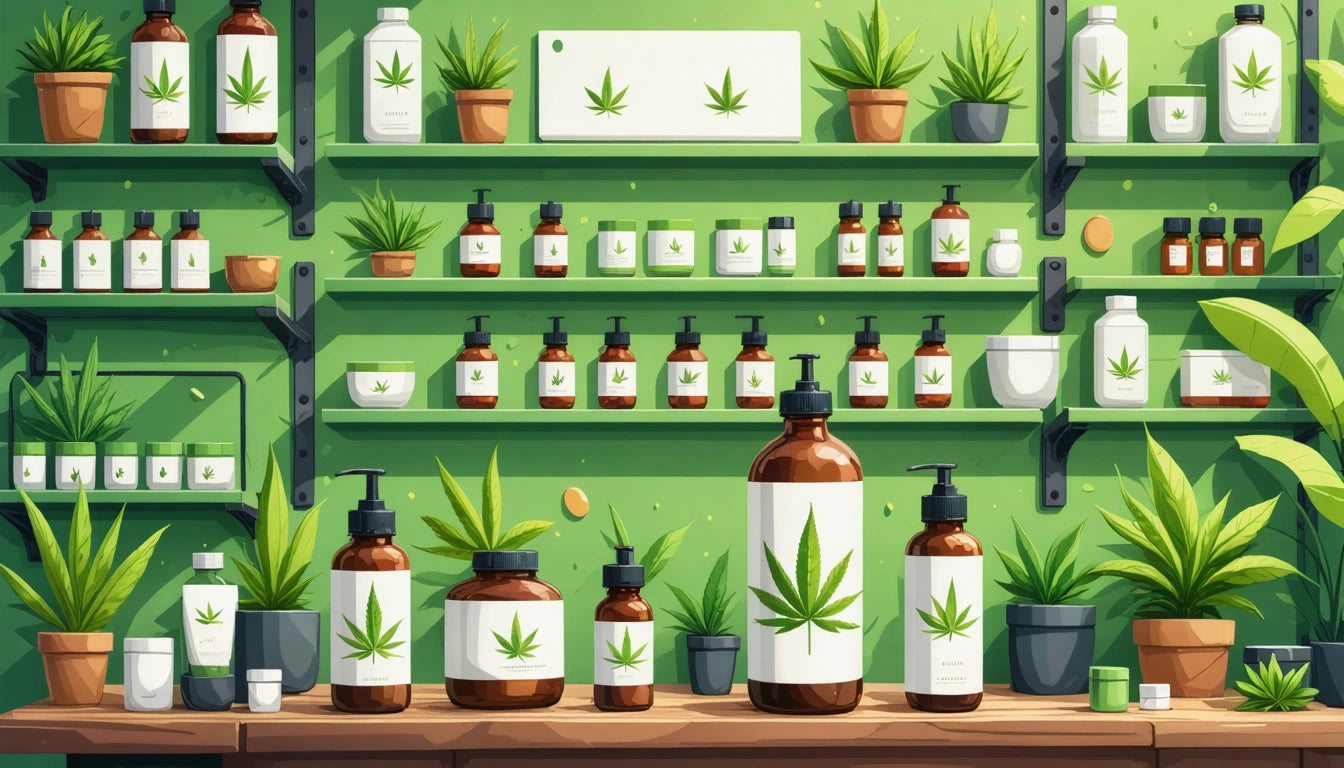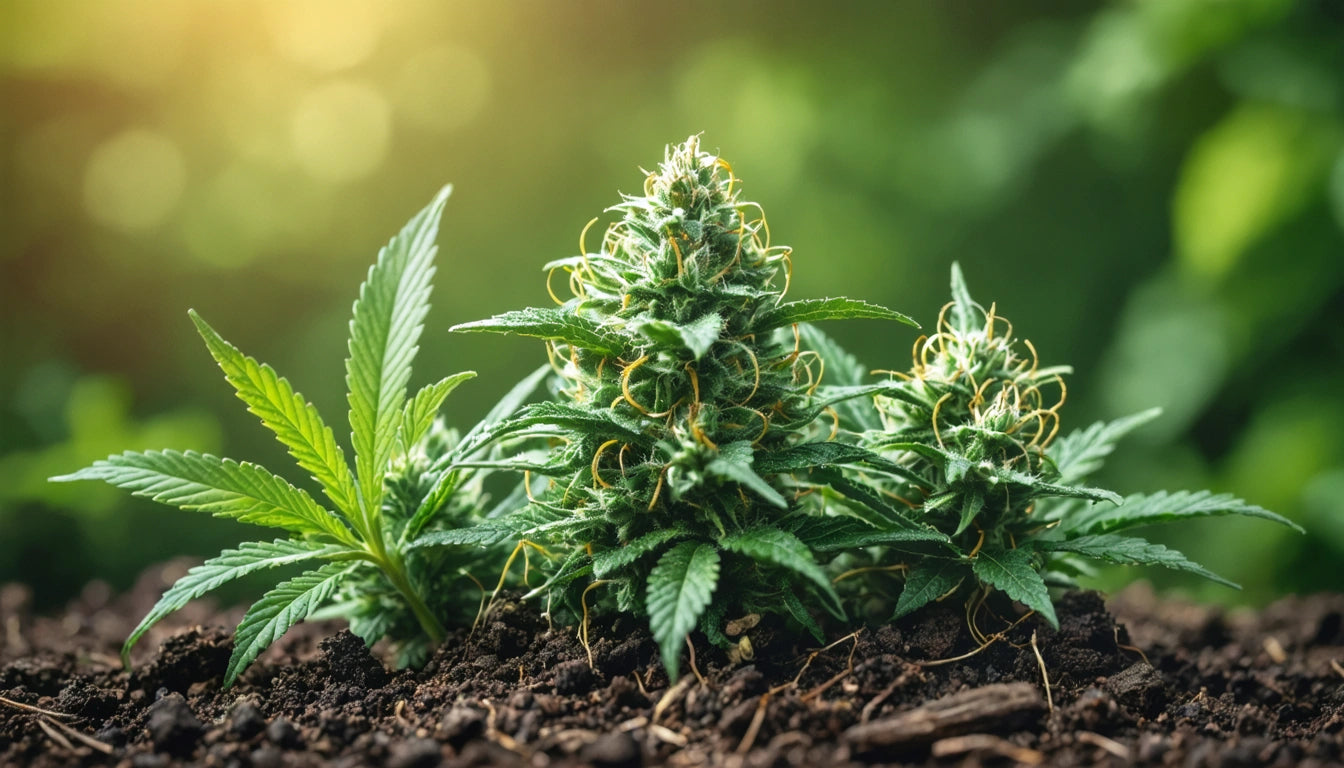Table of Contents
Cannabis consumption has evolved far beyond the traditional joint. Today's consumers can choose from numerous methods, each offering distinct experiences, onset times, and effects. Understanding these differences helps both recreational users and medical patients make informed decisions about how to consume cannabis safely and effectively.
Traditional Smoking Methods
Smoking remains the most common way to consume cannabis, largely due to its simplicity and rapid onset of effects.
Joints and Blunts
Rolling cannabis flower into paper creates joints, while blunts use tobacco leaf wraps. Both methods provide almost immediate effects as cannabinoids enter the bloodstream through the lungs. For newcomers to these methods, tips for first-time cannabis smokers can help ensure a positive experience.
Pipes and Bongs
Glass, metal, or wooden pipes offer a reusable smoking option without rolling. Bongs filter smoke through water, potentially reducing some harmful components. Both require proper storage, and many users opt for child-resistant containers with secure caps to store ground flower safely between uses.
Vaporization Techniques
Vaporizing heats cannabis to temperatures that release cannabinoids without combustion, potentially reducing respiratory risks.
Dry Herb Vaporizers
These devices heat ground flower to precise temperatures, creating vapor rather than smoke. According to comparative studies on smoking versus vaporizing, this method may reduce exposure to carcinogens and respiratory irritants.
Oil and Cartridge Vapes
Pre-filled cartridges containing cannabis oil connect to battery-powered devices for discreet consumption. Finding the best devices for vaping cannabis safely involves considering factors like temperature control and materials quality.
Concentrate Consumption
Concentrates deliver high potency through extracted cannabinoids and terpenes, requiring specialized consumption methods.
Dabbing
This method involves flash-vaporizing concentrates on a heated surface and inhaling the resulting vapor. While potent, questions about safety persist. The science behind dabbing explores both benefits and potential risks of this high-potency method.
Wax Pens
Portable electronic devices designed specifically for concentrates offer a more accessible alternative to traditional dab rigs, though typically with lower temperatures and smaller doses.
Edibles and Oral Methods
Ingesting cannabis produces longer-lasting effects through different metabolic pathways.
Traditional Edibles
Infused foods and beverages must pass through the digestive system and liver, where THC converts to 11-hydroxy-THC, often creating stronger and longer-lasting effects. This process explains why onset times and duration vary significantly by method, with edibles typically taking 30-90 minutes to activate but lasting 4-8 hours.
Tinctures and Sublingual Products
Liquid extracts placed under the tongue can enter the bloodstream directly through sublingual absorption, offering faster onset than edibles but still slower than inhalation methods.
Topicals and Transdermal Applications
Applied directly to skin, these products target localized relief without psychoactive effects.
Creams and Balms
Topical applications typically don't enter the bloodstream, instead interacting with cannabinoid receptors in the skin for localized effects.
Transdermal Patches
Unlike standard topicals, transdermal products are designed to penetrate the skin barrier and enter the bloodstream, providing systemic effects over extended periods.
Choosing the Right Method
Several factors influence which consumption method might work best for individual needs.
Bioavailability Considerations
Different methods deliver varying amounts of cannabinoids to the bloodstream. Understanding how bioavailability differs helps consumers maximize effectiveness and value.
Desired Effects and Timing
Selecting the appropriate method depends largely on desired effects and timing needs. For immediate relief, inhalation methods work fastest, while edibles provide longer duration for chronic conditions.
Microdosing Approaches
For those seeking subtle effects without impairment, methods for microdosing cannabis offer precision and control, particularly through tinctures, low-dose edibles, or measured inhalation.
Emerging Trends in Cannabis Consumption
The cannabis industry continues to innovate with new consumption technologies and methodologies.
Combination Approaches
Many consumers are discovering benefits from layering effects with multiple consumption methods, such as using fast-acting inhalation products alongside longer-lasting edibles for comprehensive relief.
Technology Integration
Smart devices with temperature control, dosage tracking, and even smartphone integration are creating more precise, personalized consumption experiences while potentially improving safety profiles.
Each consumption method presents its own advantages and disadvantages, from onset time and duration to discretion and respiratory considerations. By understanding these differences, consumers can make informed choices that align with their specific needs, preferences, and circumstances.











Leave a comment
All comments are moderated before being published.
This site is protected by hCaptcha and the hCaptcha Privacy Policy and Terms of Service apply.